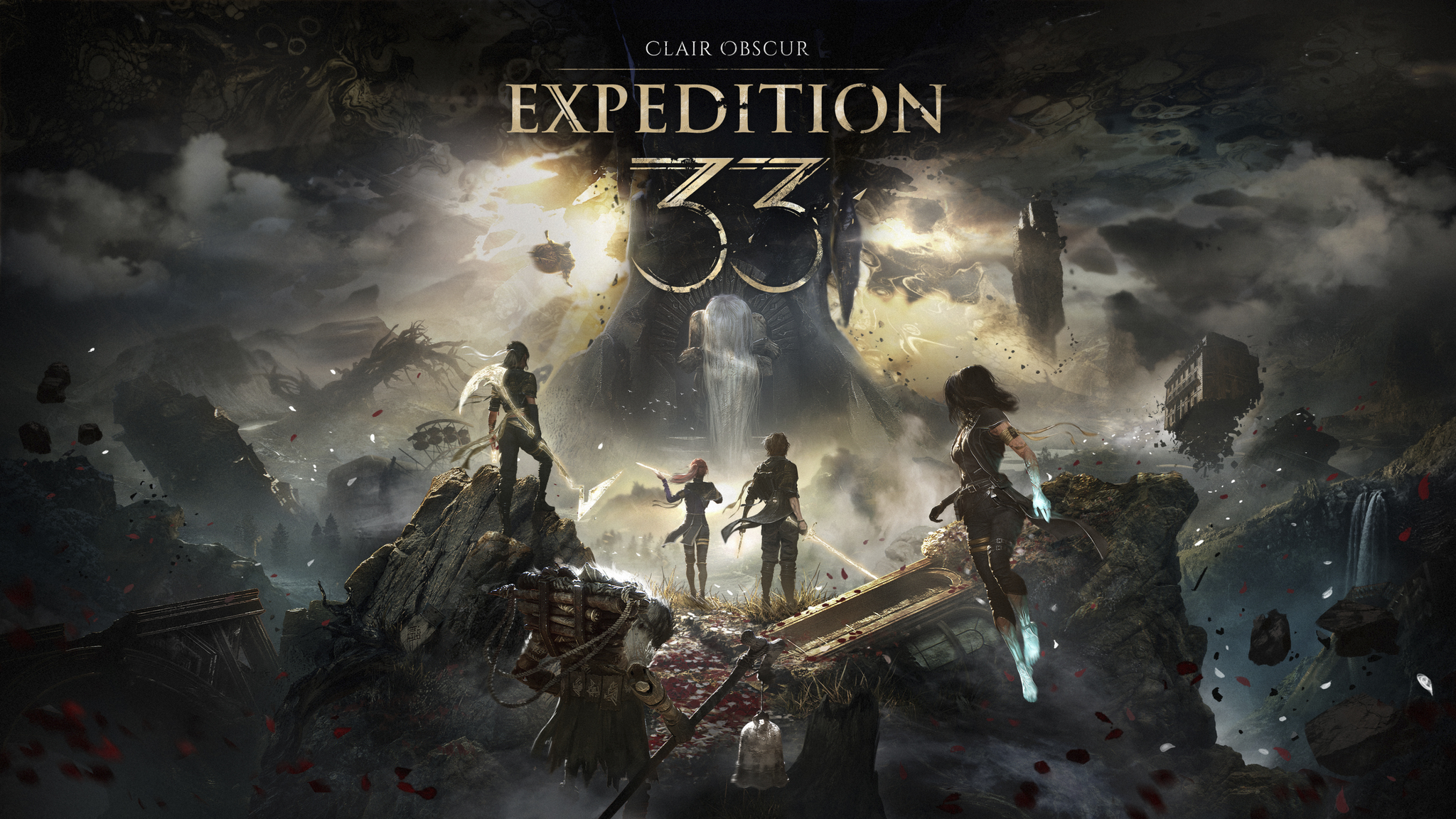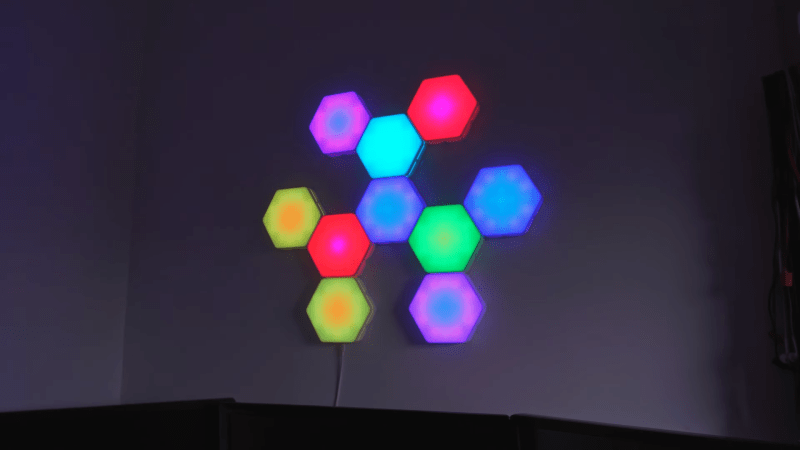So, it looks like the new head of Trump's Cancer Panel, Harvey Risch, is diving into all the vaccine chatter again. Apparently, he thinks there might be a link between vaccines and “turbo cancer.” I mean, can we just take a break from cancer talk for a second?
Honestly, I’m not sure what “turbo cancer” even is, but it sounds like something you’d order at a fast-food joint. Remember when we thought 2020 was wild? Now it’s like every week brings a new plot twist.
Maybe I’ll just stick to my couch and watch some old reruns until the world calms down a bit. Thoughts?
https://www.wired.com/story/risch-trump-panel-vaccines-turbo-cancer-ivermectin-hcq/
#CancerTalk #Vaccines #TurboCancer #2023News #StayInformed
Honestly, I’m not sure what “turbo cancer” even is, but it sounds like something you’d order at a fast-food joint. Remember when we thought 2020 was wild? Now it’s like every week brings a new plot twist.
Maybe I’ll just stick to my couch and watch some old reruns until the world calms down a bit. Thoughts?
https://www.wired.com/story/risch-trump-panel-vaccines-turbo-cancer-ivermectin-hcq/
#CancerTalk #Vaccines #TurboCancer #2023News #StayInformed
So, it looks like the new head of Trump's Cancer Panel, Harvey Risch, is diving into all the vaccine chatter again. Apparently, he thinks there might be a link between vaccines and “turbo cancer.” I mean, can we just take a break from cancer talk for a second?
Honestly, I’m not sure what “turbo cancer” even is, but it sounds like something you’d order at a fast-food joint. Remember when we thought 2020 was wild? Now it’s like every week brings a new plot twist.
Maybe I’ll just stick to my couch and watch some old reruns until the world calms down a bit. Thoughts?
https://www.wired.com/story/risch-trump-panel-vaccines-turbo-cancer-ivermectin-hcq/
#CancerTalk #Vaccines #TurboCancer #2023News #StayInformed
0 Comentários
·0 Compartilhamentos









